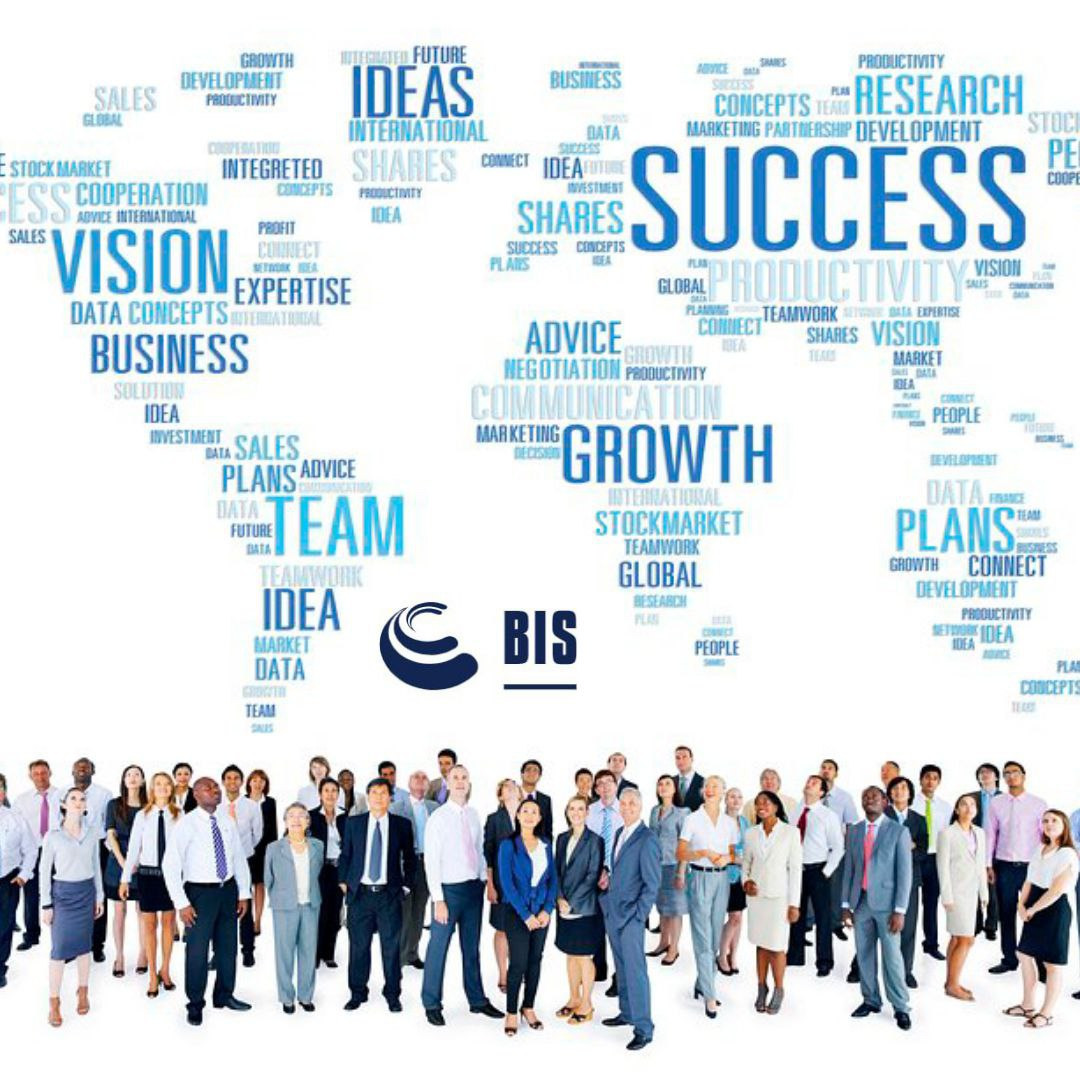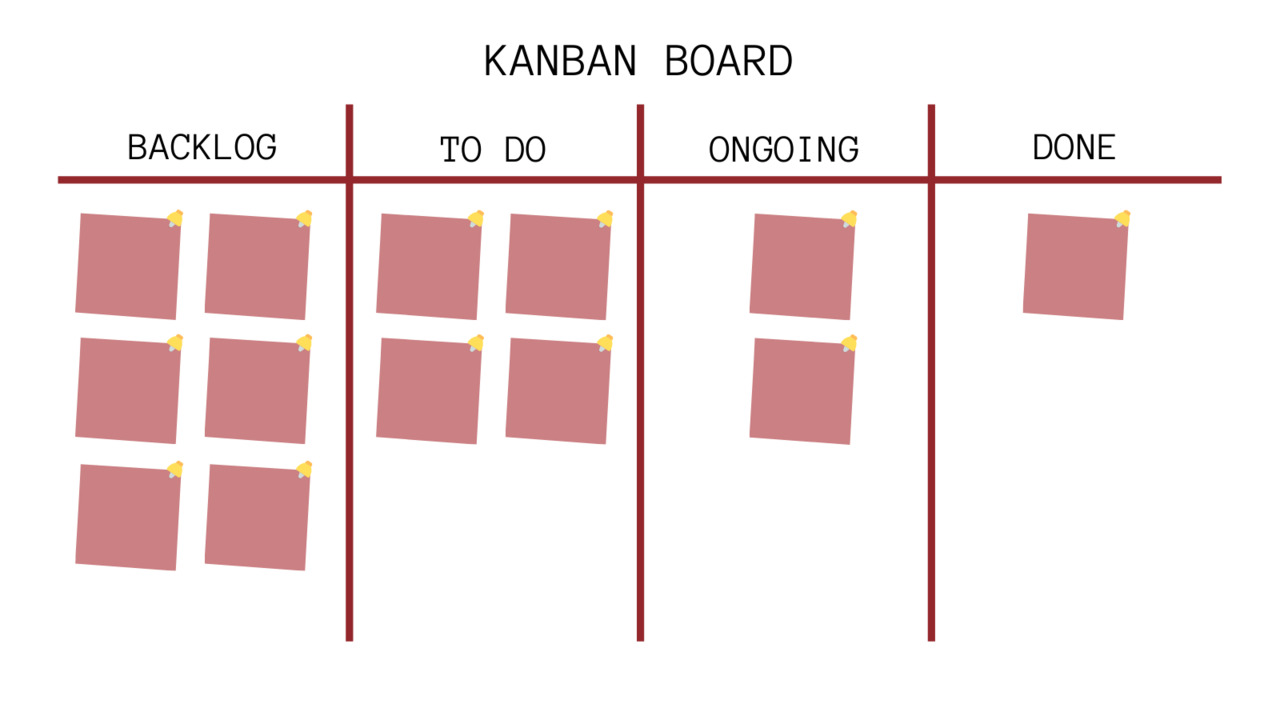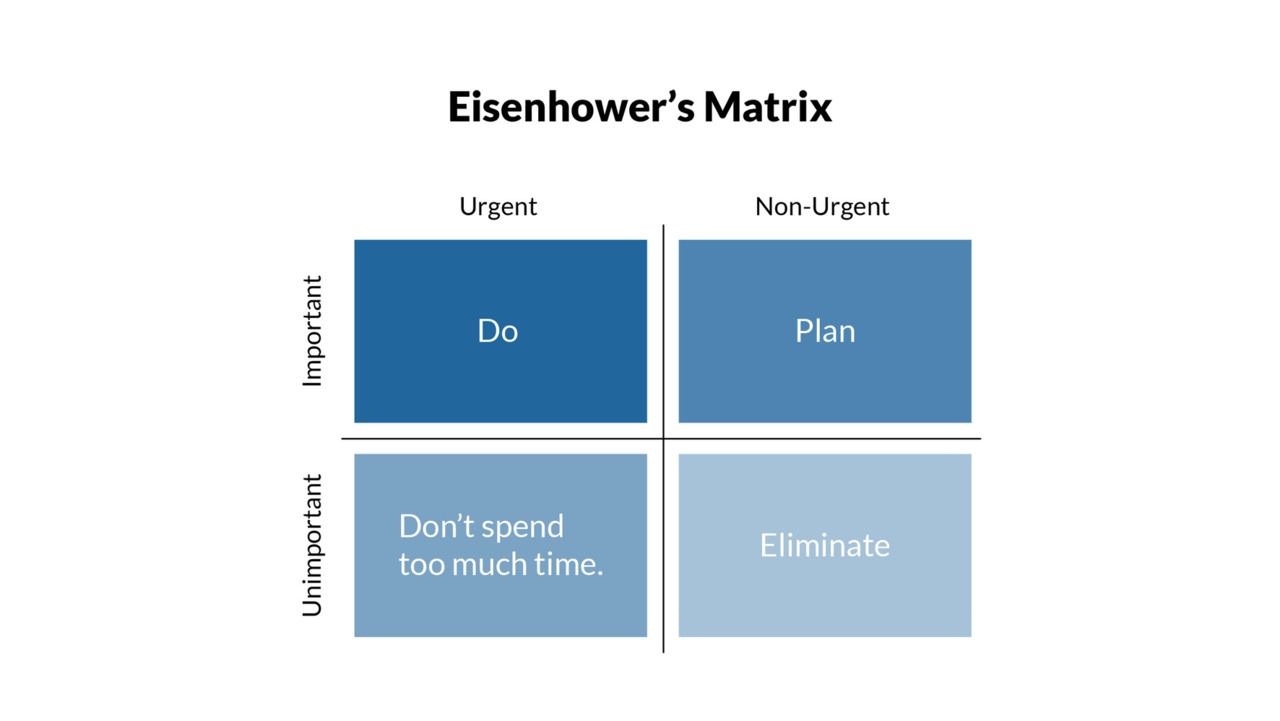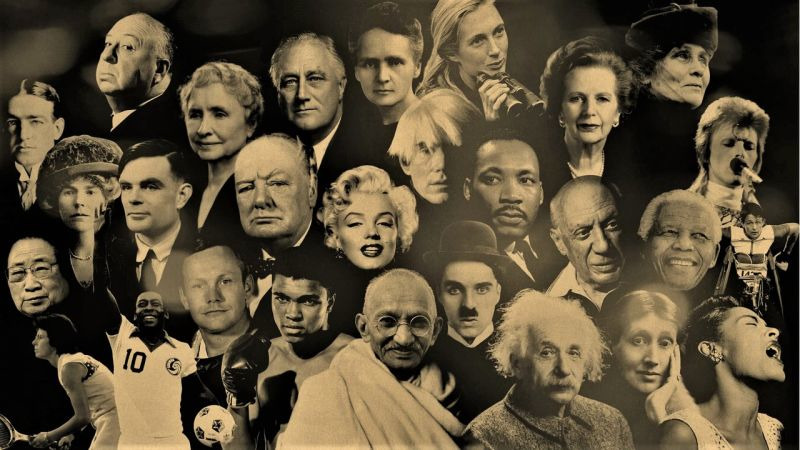
Бесплатный фрагмент - Business Leadership Psychologу
Collection of notes for executives and leaders
1. KEY SKILLS OF SUCCESSFUL FUTURE

Recently, the World Economic Forum in Davos named 10 professional skills that will be relevant in 5 years.
Let’s take a look:
1. Critical thinking — is a way of thinking when a person questions incoming information and even his own beliefs. Of course criticism is constructive — conscious analysis of any information and especially of our own limiting beliefs.
2. Creativity — is the ability to see and create something new out of daily standard things and situations. When Michelangelo was asked how he created the statue of David, the sculptor replied, “I saw an angel in a piece of marble and I wanted to set it free.”
3. Complex problem solving — means that a person is able to see the core of problem and deal with the cause, not the effect.
4. People management. Michael Jordan said, “Talent will win games and a team will win championships.” People management is the complex of skills of how leaders make major decisions…, not just about subordinates, but about People. How to motivate people and teams, so that they run in sprints to work, and not from work? How to resolve conflicts within the team?
5. Coordinating with others. This is understandable — working in a team increases everyone’s efficiency up to 150%.
6. Emotional intelligence. In 1995, American psychologist Daniel Goleman published the book “Emotional intelligence”, which became a bestseller, although in fact the theory of EI appeared much earlier. Emotional intelligence — is the ability to understand the emotions, intentions and motivations of others and our own, as well as the ability to manage our own emotions and the emotions of others.
7. Judgment and decision-making. Time is an irreplaceable resource. The ability to prioritize, relying on your key criteria in the conditions of accelerating progress becomes more relevant than ever.
8. Customer orientation — so called — Service orientation. According to forecasts, the service sector in the world is going to grow, and good service is always worth its weight in gold.
9. Negotiation. It’s clear.
10. Cognitive flexibility. Cognitive flexibility is the ability of the mind to quickly switch from one thought to another, as well as to think about several things at the same time.
What do we see in this list of 10 Skills for a Successful Future?
5 out of 10 skills are related to the ability to communicate with people, to negotiate and manage them, to understand and serve them (personnel management, interaction with people, negotiation, emotional intelligence).
Another 4 areas out of 10 are related to the abilities of the brain: the ability to think quickly, to see the core, to find solutions to problems, to generate new projects and ideas (complex problem solving, creativity, cognitive flexibility, critical thinking).
So: Study people and their needs, and train your brain for the future. Time comes when Person himself, his emotions, motivations and development becomes the main thing in our world.
2. ANYTHING YOU CAN IMAGINE, YOU CAN ACHIEVE

This is the way our mind works, and this is what the famous publicist and psychologist Napoleon Hill claimed in his writings. It is within your power to create the Life You Want! And with the help of coaching you can do it as quickly, easily and comfortably as possible.
How do these miracles happen?
They just start to happen as soon as the coach and client meet.
Coaching is based on the recognition that each person has far greater abilities than he or she normally displays. Classic coaching consists in the fact that the coach does not suggest solutions to the person, but asks questions and creates space for them to think. The person has many of his own answers, which, if they can be found, are better turned into action and results.
So where did coaching come to us from?
Coaching is a complex method born from sport, business and psychology. And like any new direction, coaching has absorbed the best of what has been achieved in these areas — the most effective techniques and principles.
For example, from sports came the techniques of supporting champions by fixing on victory, on strengths. From psychology, coaching has absorbed the most effective methods of NLP, Gestalt and neuropsychology, and deep knowledge of humanistic psychology. From business came the science of leadership and the formation of strategic systemic thinking.
The coaching process is first and foremost a partnership between you and a coach who supports you at all levels in becoming who you want to be.
To illustrate the comparison, coaching is like going through a level in a game: find an obstacle, pass it, and along the way find new strengths and tools and play at the next level of difficulty. A coach can take you to a place where you can see your obstacle in detail. And from there, your problem will be just another level of the game to be played. This is the great advantage of coaching — it doesn’t take 3—5 years like in therapy, but 3 — 5 or 10 sessions.
How does coaching differ from therapy and what can you expect from coaching?
The goal of therapy is to improve your condition and help you get back to a healthy level. Coaching on the other hand aims to help you achieve purpose, it is action orientated and focused on achieving your goals and aspirations.
People often regret that They didn’t have the courage to Live the Life They Want. After all, success is not so much about achieving more it is about creating harmony between your professional and personal life.
And coaching is just about that, when you live not as you should and must, but as I choose and want!
Coaching will help you move from where you are to the goal you want to achieve. This is the path where all limiting beliefs come crashing down. There is well-being, meaning, goodness, and even mission. It is a way of dreaming so that Dreams Come True…
3. LEADERS ARE NEITHER BORN NOR MADE. LEADERS CHOOSE TO BE LEADERS

Historically, society has looked to leaders as heroes with charisma that can captivate people’s hearts and show them the way forward.
But it takes more than charismatic individuals to solve the political, economic and social problems of our time. It takes leaders who understand how to harness the competing values inherent in business. Values that form a solid basis for action and provide guidance for leaders seeking to make a difference in the world.
One of the leading thinkers, leadership expert John Maxwell writes in his book “5 Levels of Leadership” that the executive chair is just the “first level of leadership.” And to become a truly credible and successful leader, one must master each of the five levels consistently:
I. Leadership by position, when people follow you because they are your subordinates.
II. Leadership because of relationships, when you are trusted and can influence those around you. People follow you because they want to.
III. Productivity when you as a leader bring value to the company and employees respect you. They follow you because they know what you have done for the organization.
IV. Leadership through employee development, when people are willing to follow you outside the organization because you have done so much for them personally and contributed to their development.
V. The pinnacle of leadership is through values. When you as a leader are followed because you broadcast certain values. At this level you as a leader leave room for other leaders, help them to grow around you. People follow you because they see you as a person.
Consulting firm Gartner conducted a survey and found that employees need “human leadership.” Survey participants identified three key qualities of “human leadership”:
(a) Authenticity — the ability to express oneself, to share ideas, thoughts and feelings.
b) Empathy — a safe space where the leader is respectful and caring so that employees can speak up about personal challenges and experiences at work.
c) Adaptability — providing support tailored to the unique needs of each employee.
The University of Michigan’s groundbreaking leadership research and their Leadership Model is also based on the Human Relations movement, which needs leaders with empathy, commitment, integrity and courage, whose primary purpose in life is to make a difference in the lives of others.
According to their model — effective leaders:
1. are empathic and willing to see the world through the eyes of others;
2. are purposeful and regularly make efforts to achieve challenging goals;
3. are honest and strive to do the right thing, even if it is not popular; and finally,
4. are courageous and see risk and failure as necessary components of innovation.
Do you consider yourself such a leader?
4. WHY DO LEADERS NEED A PERSONAL BRAND?

As Jeff Bezos, the founder of Amazon, said, “Your brand is what people say about you when you’re not in the room.”
Today, personal branding is becoming a global trend and an integral part for most of us. It is important for career development, it helps define who you are, what you are, what is your uniqueness. It is important for your business. By getting out of the competitive field, you become more noticeable, promote yourself, promote your business with minimal investment in advertising; word of mouth is set up, loyal customers are formed.
A personal brand is a kind of associations set that your customers, partners, and team have about you. Unique set of your characteristics that sets you apart from others.
The main criteria of a personal brand are:
1. Authenticity: at the core of your brand should be your personality, character, behaviour, values and vision.
2. Integrity: you must obey a moral and behavioural code established according to your personal aspirations.
3. Consistency: you must be consistent in your behaviour.
4. Specialization: be precise by focusing on your core or unique skill.
5. Credibility: you need to be seen as a recognized expert in a particular field and perceived as a true leader with a wealth of experience.
6. Individuality: differentiate yourself from others based on your values and principles. Your brand should be unique and deliver value.
7. Visibility and persistence: you will constantly need to be visible to be remembered by your target audience.
There are different concepts and techniques are used into building personal brand. For example, such as:
— Johari Window technique
— SWOT analysis of your personal qualities, your strengths and weaknesses
— SMART analysis of your goals
— PAEI test by Itzhak Adizes
— Authenticity analysis
I propose to work through your personal brand using a complex methodology that includes several steps:
1. Your goal — the main criterion for assessing the effectiveness of your brand.
2. Your mission — the meaning of your activity, your philosophy.
3. Your values — the values that are the deep foundation of your personal brand, the brand positioning strategy is built on.
4. Your target audience: Who is your target audience? What can you give those people that they want?
5. Personal brand audit: your information image in the society.
6. Building a personal brand:
a) Comparing self-analyses and people’s responses about you
b) Identifying weaknesses and a plan to change what can be improved
c) Confirming your expertise
d) Building the necessary associations
e) What is your uniqueness. What exactly you will be remembered for
f) Packaging your personal brand: personal website, social networks
g) Increasing recognition and credibility: what do you convey: values, character traits, characteristics
At the output you get the Concept of your personal brand — “Brand-Goal”.
5. MANAGE YOUR TIME — MANAGE YOUR LIFE OR TIME MANAGEMENT FOR LEADERS

“If you don’t know the value of your time, don’t expect others to value it.” — wrote Dan Kennedy
What exactly is Time Management?
If we follow the exact definition, time management (TM) is a comprehensive system of managing one’s time and one’s activities.
Let’s try to answer what is more valuable: time or money?
Time, unlike other resources, including money, is irreversible: it cannot be accumulated, transferred or borrowed, it passes irrevocably.
So time is more valuable than money — it is life itself!!!
Life and time are the two teachers. Life teaches us how to manage time, time teaches us how to appreciate life.
The weeks, the years that are gone can never be taken back. And how the next year will go depends only on us.
Think about it, are you making the best of your ability?
First, let’s look at what time thieves that prevent us from managing our time optimally.
These could be: unclear goals, disorganization, inability to say “no”, interruptions, periods of inactivity, working without rest, too many tasks at once, stress and crisis situations, inadequate planning.
According to the Pareto principle, which was derived Vilfredo Pareto in 1897, either 1/5 of our work is usually carried out efficiently, and 4/5 are characterized by 16 times less efficiency, i.e. 20 per cent of human effort generates 80% of the result.
So how can we make our time management effective?
Today I want to share with you a few simple, but effective techniques that will help you to be less fatigue, get more done, balance your personal life and work, and achieve your goals.
1. Technique “Tomato”
A time management technique, proposed by Francesco Cirillo in the late 1980s, which takes its name from the popular “tomato” pendulum clock. The technique is set a timer for 25 minutes and stay on your toes the whole time.
Then a break of 3—5 minutes. After 4 such cycles — a larger break of 15—20
minutes. And so it goes again. Thus there is an increase in efficiency with less
time expenditure due to deep concentration and short breaks.

2. The 90/30 method
The whole working day should be divided into cycles: 90 minutes — work, 30 minutes — rest. In the first cycles the most important things are done. If it is difficult to do 90 minutes, you can start with a scheme: 52 minutes — work, 17 minutes — rest. These figures are calculated by scientists, who prove that it’s in these intervals a person’s activity rises or falls.
3. Technique “The 1-3-5 Rule.”
It consists the fact that it is necessary to fulfil no more than 9 tasks per day. In this case, 1 important or urgent, 3 tasks of medium importance and 5 small tasks that can be done quickly. It is important to describe the tasks for the day in detail. This will help you to focus on each one and not forget all the important nuances, that could become a small task.
4. Method “Eating a frog for breakfast.”
The frog is the most unpleasant and energy-consuming task to complete. If you put it off, you’ll spend all day thinking about it. And if you eat the frog for breakfast,” I mean, first to do this important, urgent thing, you’ll feel relief, joy, and a boost of motivation that will help you the rest of the tasks.

5. Kanban method
It consists of drawing out a table of three columns: “To do”, “In progress”, “Done”. At the beginning of the day are written in the first column, and during the working hours they are transferred to the other columns. The essence of the method is to visualize your work and limit the total amount of “work in progress”. The term came from Toyota, means “signal, card”. These cards were used to communicate information from one stage of production to the next.

6. And finally, the famous Eisenhower Matrix.
With the help of Eisenhower Matrix, you can easily schedule time for a day, week, month and even year ahead.
Urgent and important: these are crisis situations, urgent problems, burning projects, tasks related to short-term goals. These are tasks could result in loss of money, reputation, health, job, family in the in the short term.
Urgent but not important — that’s many small things that need to be dealt with but are not a priority. So-called snakes. They coil around you, pestering you, refusing to clean up until you take action. They eat up your time. They’re tasks that can only be done now or they won’t get done.
Tip: If something in this category can be delegated, delegate it. Or ask yourself, what would happen if you don’t do any of these things? Or you could collect all of these small things and do them all at once. For example, you could take half an hour and make all the calls that needed to be made, or sort out the bills, etc.
Not urgent and not important: small things, waste of time, tasks that can be left undone — postpone or forget about them. Besides — these are often not even a rest for you.
Important, but not urgent — these are tasks that are related to long-term goals. Tasks that, if not done, could result in the loss of money, reputation, health, job, family, but in the long term. These are goals that require you to plan, prepare, and systematically work on them. Often these are the big long-term goals that you’re going for, the so-called elephants.
You can divide them into “little bite” — “eat” the elephant bit by bit: make it a part of your daily or weekly schedule to take regular “bites” of the elephant — every day “eat” the elephant until you are sure that you have have “finished” the elephant. And, it is correct to concentrate on no more, than one or two elephant things at a time.

At the end, a few more life hacks for your time management success:
1. Meaning actions — you must understand why and for what you do it — breathe interest and motivation into your actions.
2. Specific end result — you must have a clear end goal or dream and strive for it.
3. Rest — the 5 must-haves of your rest routine include good sleep, nutrition, sport, breathing and positive thinking.
4. Know how to say “no” to unnecessary activities.
5. Rule of 2 minutes — the thing that can be done in 2 minutes, do it at once, do not postpone.
6. Priorities — one main thing: know how to shuffle things in the order of importance and do the most important of them every day.
7. Long-term and short-term to-do’s — all to-do’s fall into these 2 categories.
8. And, finally, consider your personalities — some people find it easier to work in the morning, others in the evening, some people need more rest, others just need a short break, etc.
6. BECOME THE KIND OF LEADER THAT PEOPLE WOULD FOLLOW VOLUNTARILY

There are many theories and opinions what an effective leader should be like and what qualities he should have. Nowadays, it is not enough for a leader to have charisma only, although undoubtedly it should also be present. All studies, theories and views on leadership boil down to these basic conclusions that today it is important to be:
1. a Leader who is an example and Brand to his team and customers.
“A Leader leads by example, not by force” — Sun Tzu
Personal brand has become a global trend and for leaders and executives it becomes almost an integral part. It is important for career development, it helps define who you are, what you are, what your uniqueness is. It helps you in business, because standing out from the competitive field as a Brand, you become more visible, promote your business with minimal investment in advertising, have a stable reputation, authority, support of your loyal customers and trust among partners.
2. a Leader who should be a manager, inspirer, mentor and coach at the same time
As a leader — to communicate the vision and provide resources, organize employee performance. As a mentor — to share his own experience, teach new skills to improve the mentee’s ability to achieve goals. As an inspirer and coach — to use coaching tools in working with subordinates, to be able to have a good dialogue, build trust, give developmental feedback, ask the right questions and set goals, delegate, have the skill to engage your team, motivate and lead them. Therefore, knowing and understanding coaching techniques for a manager and leader is very important for growth in business.
“A leader is one who knows the way, goes along the road, and shows the way” — John C. Maxwell
3. a Leader who maximizes the use of all modern soft skills techniques
Бесплатный фрагмент закончился.
Купите книгу, чтобы продолжить чтение.
